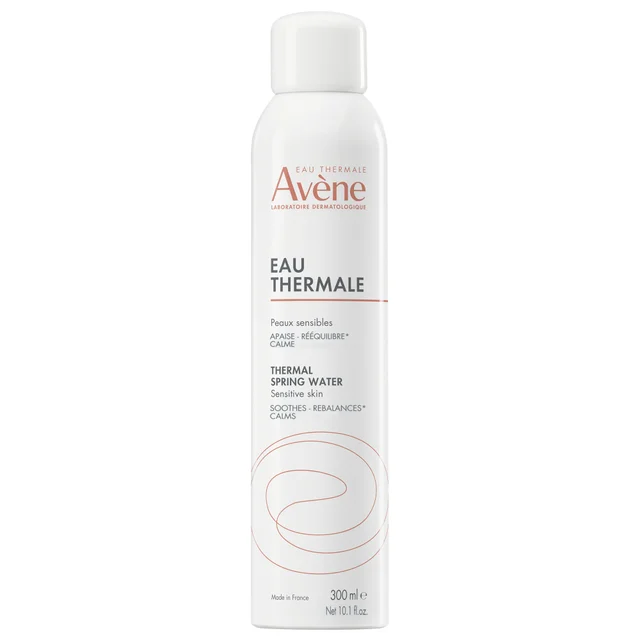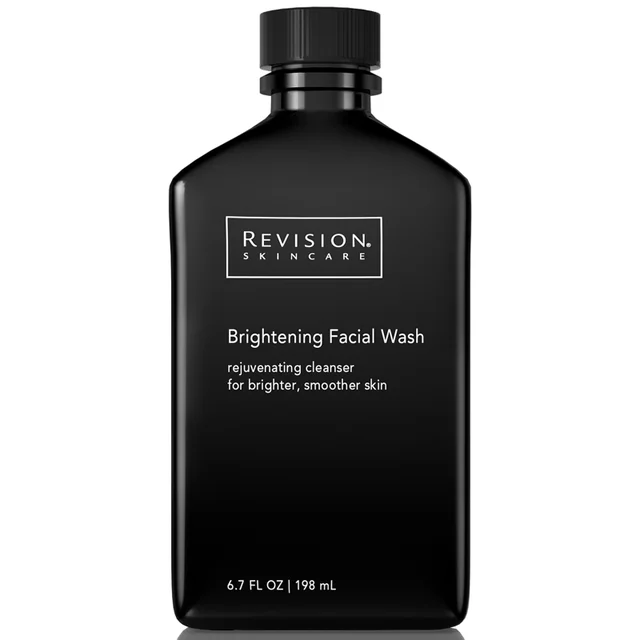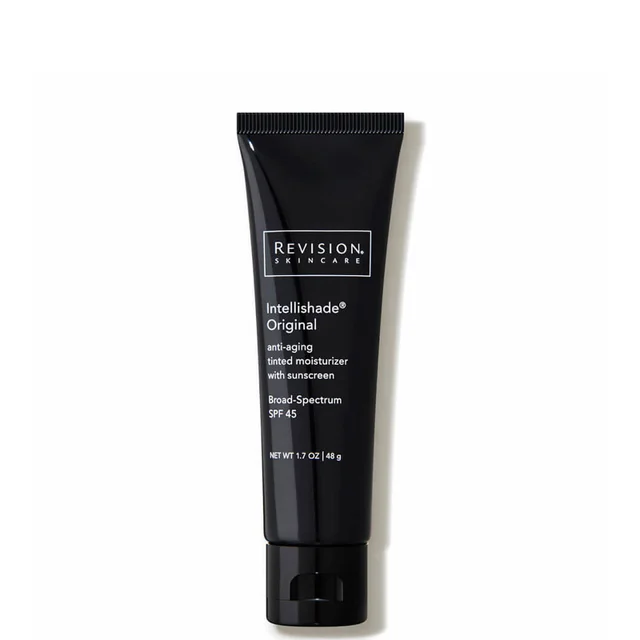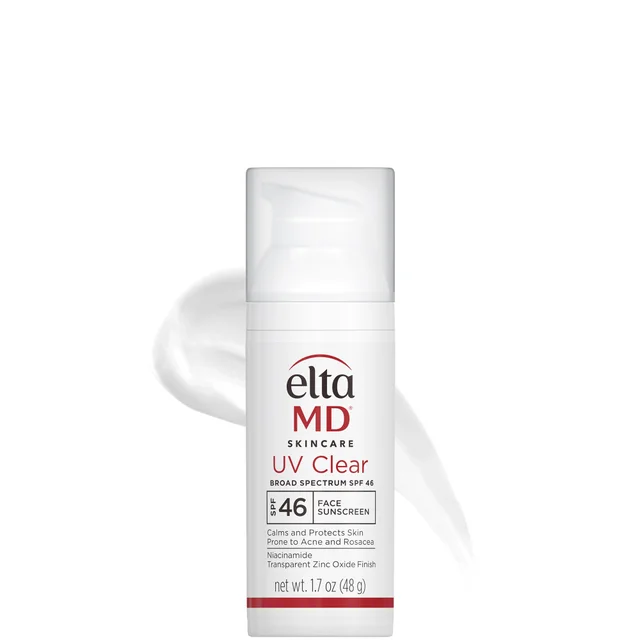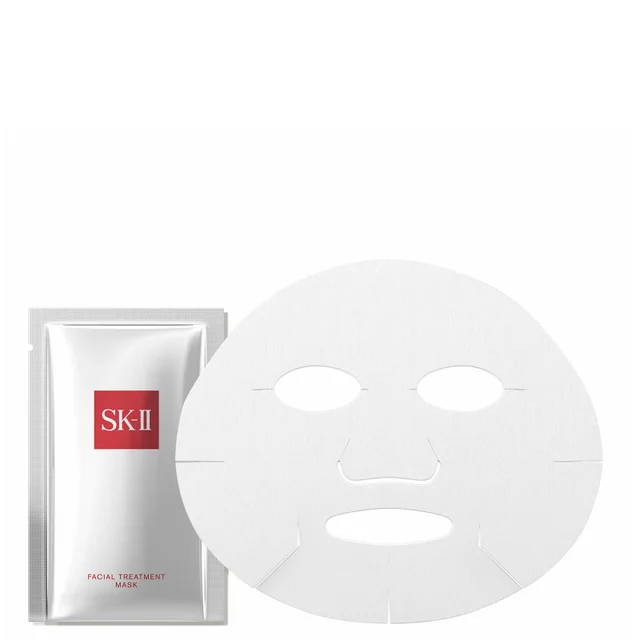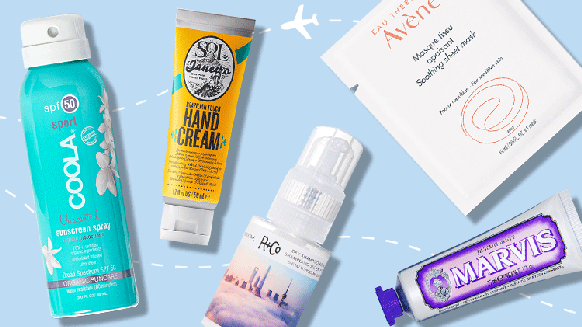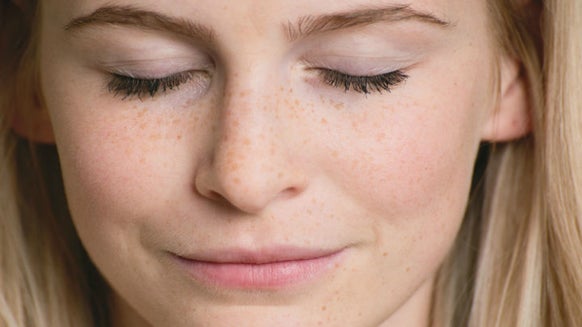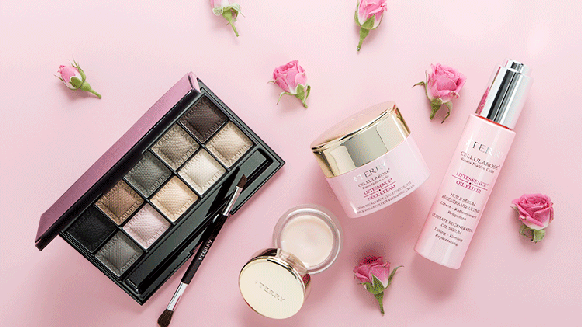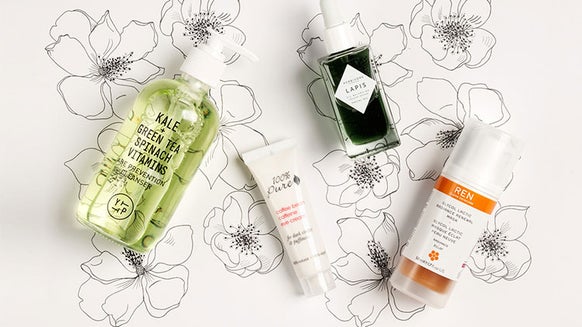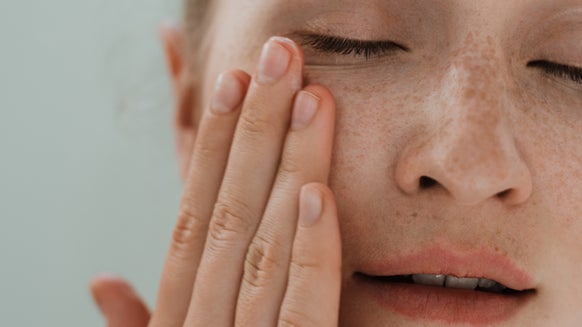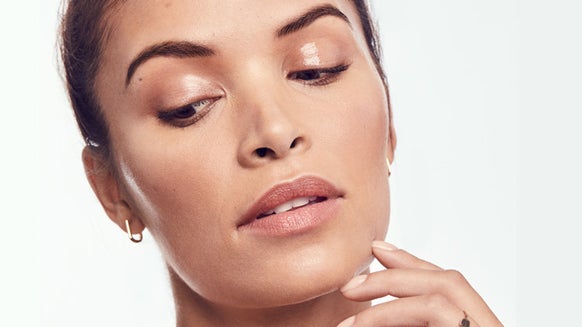Glow on the Go: 8 Expert-Approved Travel Skin Care Tips to Take for Your Next Trip
With the holidays just around the corner, you’re probably starting to gear up for your next great year-end getaway. But while you meticulously plan your vacation outfits and activities, you may be forgetting one thing that could make or break those holiday snaps: your skin.
“Traveling can take a toll on your skin for several reasons, the most prominent being environmental changes and disruption of your regular skincare routine,” explains Dr. Dahlia Rice, board-certified plastic surgeon and founder of DMR Aesthetics. “Whether it's the arid air in planes, increased sun exposure, or changing climates, your skin can struggle to adapt.”
So, how do you make sure your skin stays in top form while you frolic in your favorite destinations? Keep reading to learn more about travel skin care tips straight from the experts.
Meet the Experts
Dr. Dahlia Rice – Board-certified plastic surgeon and founder of DMR Aesthetics Dr. Ohara Aivaz – Persana verified physician and medical and cosmetic dermatologist
Expert-Approved Travel Skin Care Tips
1. Have a Pre-Flight Pampering Session
To get your skin ready, do your complete skincare routine before heading for the airport, but make sure to add extra hydrating products to protect your skin from the airplane’s environment. That means going for ahyaluronic acid-enriched serum and moisturizer to give your skin ample hydration.
Featured Product: SkinCeuticals Hyaluronic Acid Intensifier
2. Stay on Top of Hydration
Speaking of hydration—making sure your skin (and your body) gets a tall drink of water is an everyday must-do and even more so when you’re traveling. “Regardless of your skin type, moisturizing is crucial to combat the dehydrating effects of travel,” says Dr. Rice.
Start and end your day with a lightweight moisturizer that packs a heavy hydration punch, but make sure you’re also keeping your skin quenched while on the go. “Keep a hydrating facial mist in your carry-on to refresh your skin throughout your journey, especially during long flights,” suggests Dr. Rice.
Featured Product: Avene Thermal Spring Water
Infused with minerals and featuring the super nourishing thermal spring water as its hero ingredient, this refreshing mist is the easiest and quickest way to pep up tired and stressed skin.
Key Ingredients: Thermal Spring Water, Trace Minerals, Silica
Skin Type: All skin types
Beauty Insider Tip: To instantly hydrate and freshen up skin in-flight, Dr. Aivaz loves using a few spritz of this mist onto skin before applying a mask.
3. Cleansing is Non-Negotiable
When you’ve spent the day running from one museum to another, exploring local markets, or getting lost in busy streets, your skin is also taking in all that dirt, dust, and sweat. Fight the urge to curl up in bed as soon as you reach your hotel room, and make sure to cleanse all the day’s grime first. “Traveling can expose your skin to new bacteria, dirt, and pollution, making cleansing vital to avoid clogged pores and irritation,” says Dr. Rice.
As for which cleanser is up to the task, opt for one that does a good job of cleansing your skin without stripping its natural moisture. “I recommend a glycolic cleanser daily to remove excess oil and prevent acne breakouts,” says Dr. Aivaz.
And here’s another pro tip from Dr. Rice: Don’t wash your face with bathroom water while on the plane as it has been shown to have a large number of bacteria present. Instead, she suggests keeping a small bottle of micelle water and cotton pads handy so you can rid your skin of dirt and debris.
Featured Product: Revision Skincare® Brightening Facial Wash
It’s not a surprise Dr. Aivaz recommends this AHA and BHA cleanser whether for travel or daily use. It has a rich and gentle formula that preserves the skin’s natural moisture while cleansing, exfoliating, and brightening the skin.
Key Ingredients: Glycolic Acid, Salicylic Acid, Vitamin C, Vitamin E, Licorice and Lily Extract
Skin Type: Acne-Prone, Combination, Mature, Normal, Oily
Beauty Insider Tip: Make sure to apply sunscreen before stepping out as exfoliating acids can make the skin sensitive to the sun.
4. Keep Things Simple
Vacation days can be packed full of activities, which means having barely enough time to actually do your usual skincare routine. Not to mention, bringing all your products with you isn’t exactly the most practical thing in the world. The solution, says Dr. Rice, is to simplify your routine and stick to minimal skincare for traveling. “Less is more, but the essentials matter,” she says, adding that cleansing, moisturizing, and SPF are steps you should never skip even when you’re short on time or space.
Additionally, keeping your routine simple doesn’t mean you’ll have to cut corners and compromise your skin’s health either. That is, if you bring the right products with you and opt for multitasking formulas that cover all your bases and do more for your skin. “For example, choose a tinted moisturizer with SPF for coverage and sun protection,” shares Dr. Rice.
Featured Product: Revision Skincare® Intellishade Original
An anti-aging moisturizer, concealer, brightener, and SPF all rolled into one, this multi-use moisturizer is another one of Dr. Aivaz’s travel skincare must-have. “For someone who loves tinted sunscreen, Revision Intellishade is excellent for evening out the skin tone while providing sun protection,” says Dr. Aivaz.
Key Ingredients: Zinc Oxide, Titanium Dioxide, Octinoxate, Octisalate, Vitamin C
Skin Type: All skin types
Beauty Insider Tip: This tinted moisturizer and SPF can be used under makeup or on its own if you want to rock a fresh, natural-looking, and sun-proof travel look.
5. Take Sun Protection Seriously
Sun safety is an everyday must, but when you’re traveling, you’re upping the chances of your skin getting damaged by ultraviolet rays. Jetting off to tropical locales means being exposed to more intense sunlight, but the act of traveling itself already puts your skin at risk of sun damage. “Travel, whether by car or airplane, increases our exposure to UV light. Airplane travel, in particular, increases our exposure to UV light as the high altitudes bring us closer to the sun and the ozone layer, making the UV rays very powerful,” explains Dr. Aivaz. “I alway bring SPF 50 on vacation. I apply SPF before my plane ride, and keep all of the shades down to minimize my UV exposure while flying.”
Doctor Rice echoes this, adding, “Whether you're traveling by plane, car, or on foot, SPF is essential. UV rays can penetrate windows, and exposure to the sun in new climates can damage your skin if left unprotected.”
Featured Product: EltaMD UV Clear Broad-Spectrum SPF 46
Another hardworking multitasker, this best-selling sunscreen is a total all-rounder that goes above and beyond protecting your skin from sun damage. “EltaMD UV Clear is lightweight but offers excellent sun protection without clogging pores,” says Dr. Rice.
Key Ingredients: Zinc Oxide, Hyaluronic Acid, Niacinamide, Lactic Acid, Antioxidants
Skin Type: Acne-Prone, Sensitive
Beauty Insider Tip: Gentle, soothing, and nourishing, this sunscreen works great for those with sensitive skin or inflammatory skin conditions like rosacea and eczema.
6. Opt for Mini Versions of Your Go-To Products
“Invest in travel-sized versions of your favorite skincare products to ensure you're not compromising on quality. Look for individually packaged products as well to help reduce the amount you carry on,” says Dr. Rice. Not to mention, you wouldn’t want to kick off your trip by discarding your favorite moisturizer at the gate because its size exceeds airport requirements. Besides, all that luggage space you save just means more room for your vacation shopping finds!
Featured Product: Best of Dermstore: The Travel Edit Kit
Travel-ready and TSA-approved, this 11-piece travel kit features a carefully curated selection of best-sellers and cream-of-the-crop essentials from the most loved skincare brands. It’s everything you need and more to ensure your skin is at its healthiest, glowiest best no matter the destination!
Beauty Insider Tip: This travel kit includes head-to-toe staples and cult faves from iS Clinical, Oribe, Sunday Riley, Supergoop!, and Murad, to name a few.
7. Bring Some Sheet Masks
We’re absolute fans of sheet masks because of how easy they are to use yet super nourishing for the skin! “Easy to pack and a great way to refresh your skin during a flight, face mask sheets will help lock in moisture and prevent dehydrated skin with ingredients like hyaluronic acid and glycerin,” says Dr. Rice.
Featured Product: SK-II Facial Treatment Mask
A moisturizing powerhouse, this luxurious sheet mask earns Dr. Rice’s praise for its exceptional nourishing benefits that refines, softens, and rebalances the skin.
Key Ingredients: Pitera, Salicylic Acid
Skin Type: All skin types
Beauty Insider Tip: Leave the mask on for 10 to 15 minutes or as desired and massage any remaining liquid into the skin. No need for rinsing.
8. Prioritize Sleep
Taking time away from the daily grind is meant to be a relaxing and restful experience. But when you want to get the most out of your trip and experience as many things as possible, you sometimes end up getting even less sleep than you normally would. “Sleep is critical for your skin's health. A good eye cream can help with puffiness and dark circles, but there's no substitute for rest,” shares Dr. Rice.
FAQ
How to Treat Skin After Traveling?
According to Dr. Rice, your skin can sometimes look parched and stressed after traveling, so restoring balance should be the focus of your post-travel care, starting with hydrating from within. “Drink plenty of water or incorporate hydrating foods like cucumbers and watermelon,” says Dr. Rice.
As for your skincare routine, Dr. Rice suggests incorporating a hydrating sheet mask to your nighttime routine to help replenish lost moisture. Adding in a serum with vitamin C or niacinamide can also “help to restore skin radiance and repair any travel-induced damage,” she adds. It’s also a good idea to reach for a richer emollient to help your skin recover from dryness and dehydration. “Switch to a richer moisturizer post-travel to lock in hydration and support your skin’s barrier,” says Dr. Rice. “Pro tip: Look for a moisturizer that has ceramides, which are lipids or fatty acids, for extra moisturizing.”
The Bottom Line
Travel can present a lot of challenges for your skin right from the get-go. Between the skin-drying airplane environment and sometimes-extreme weather changes, your skin becomes more prone to dryness, irritation, and breakouts. That said, maintaining healthy and radiant skin while traveling is not at all impossible. By adapting a minimalist travel skincare routine and following these expert-approved travel skin care tips, you (and your skin) can enjoy a stress-free getaway. “By focusing on hydration, protection, and a few key products, you can keep your skin looking healthy and radiant no matter where your travels take you,” says Dr. Rice

Janeca Racho is a Journalism graduate with over 15 years of writing experience. After getting her start in public relations and advertising, she made the switch to freelance writing and began working for various lifestyle, fashion, and travel brands. Her love for all things skincare has led her to beauty reporting and research for the last ten years. Writing for several hair and beauty blogs, she reports on anti-aging staples, trending brands and products, must-have ingredients, and health and wellness.

